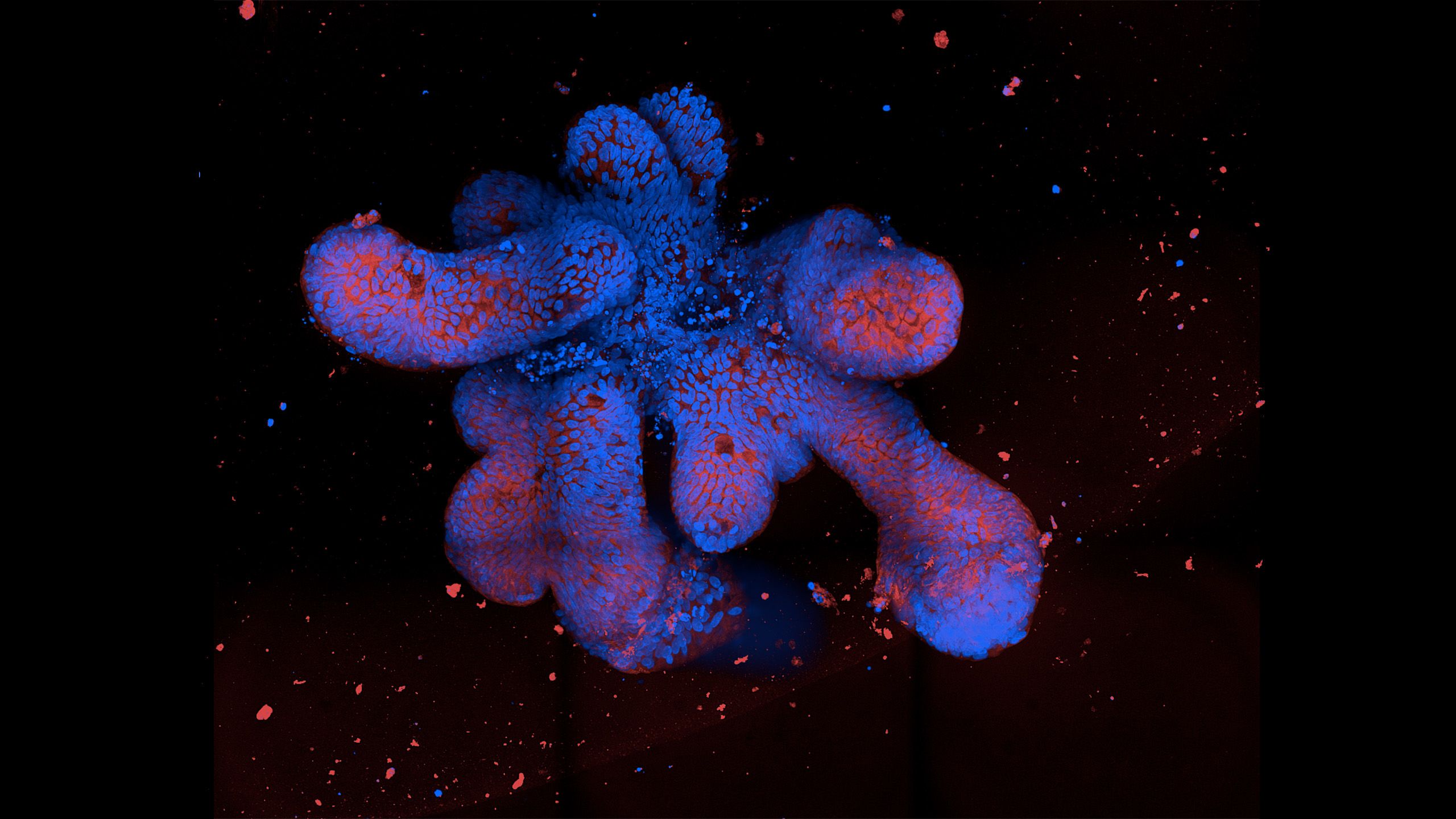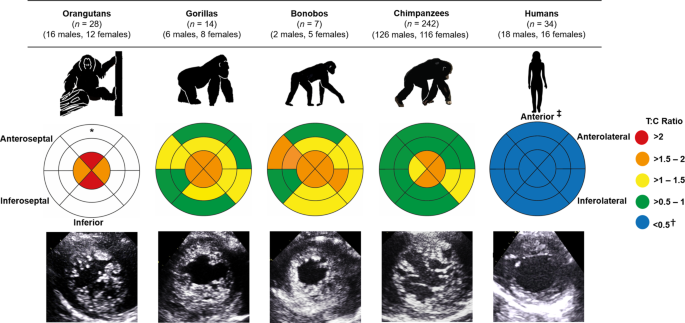2024-06-14 スウォンジー大学
<関連情報>
- https://www.swansea.ac.uk/press-office/news-events/news/2024/06/sharks-have-depleted-functional-diversity-compared-to-the-last-66-million-years.php
- https://onlinelibrary.wiley.com/doi/10.1111/geb.13881
過去6,600万年間におけるサメの機能的多様性の盛衰 The rise and fall of shark functional diversity over the last 66 million years
Jack A. Cooper, Catalina Pimiento
Global Ecology and Biogeography Published: 11 June 2024
DOI:https://doi.org/10.1111/geb.13881

Abstract
Aim
Modern sharks are a diverse and highly threatened group playing important roles in ecosystems. They have an abundant fossil record spanning at least 250 million years (Myr), consisting primarily of isolated teeth. Throughout their evolutionary history, sharks have faced multiple environmental changes and extinction events. Here, we aim to use dental characters to quantify how shark functional diversity has changed during the last 66 Myr.
Location
Global.
Time period
Cenozoic era (66–0 million years ago; Ma).
Major taxa studied
Sharks (Selachii).
Methods
We complied a dataset of over 9000 shark teeth belonging to 537 taxa from museum collections and scientific literature and measured six dental characters strongly linked with functional traits. We then quantified different functional diversity metrics across Cenozoic time bins, compared them against null expectations and identified the most important taxa contributing to maintaining functional diversity.
Results
Sharks displayed relatively high functional diversity during the Cenozoic, with 66%–87% of the functional space being occupied for ~60 Myr (Palaeocene to Miocene). High levels of functional redundancy during this time resulted in larger-than-expected functional richness; but a large decline (-45%) in redundancy in the Oligocene (~30 Ma) left shark functional diversity highly vulnerable to further loss. Shark functional diversity declined from the late Miocene (~10 Ma) onwards, losing 44% of functional richness by the Recent. Extinct sharks disproportionally contributed to the Cenozoic functional diversity and spanned a wider range of functional space than extant sharks, with the loss of mid-sized suction feeders and large-bodied predators driving functional declines.
Main conclusions
After maintaining high levels of functional diversity for most of the Cenozoic, sharks lost nearly half of their functional diversity in the last ~10 Myr. Current anthropogenic pressures are therefore likely eroding an already diminished shark functional diversity, leaving future communities ecologically deprived compared with their thriving geological past.


